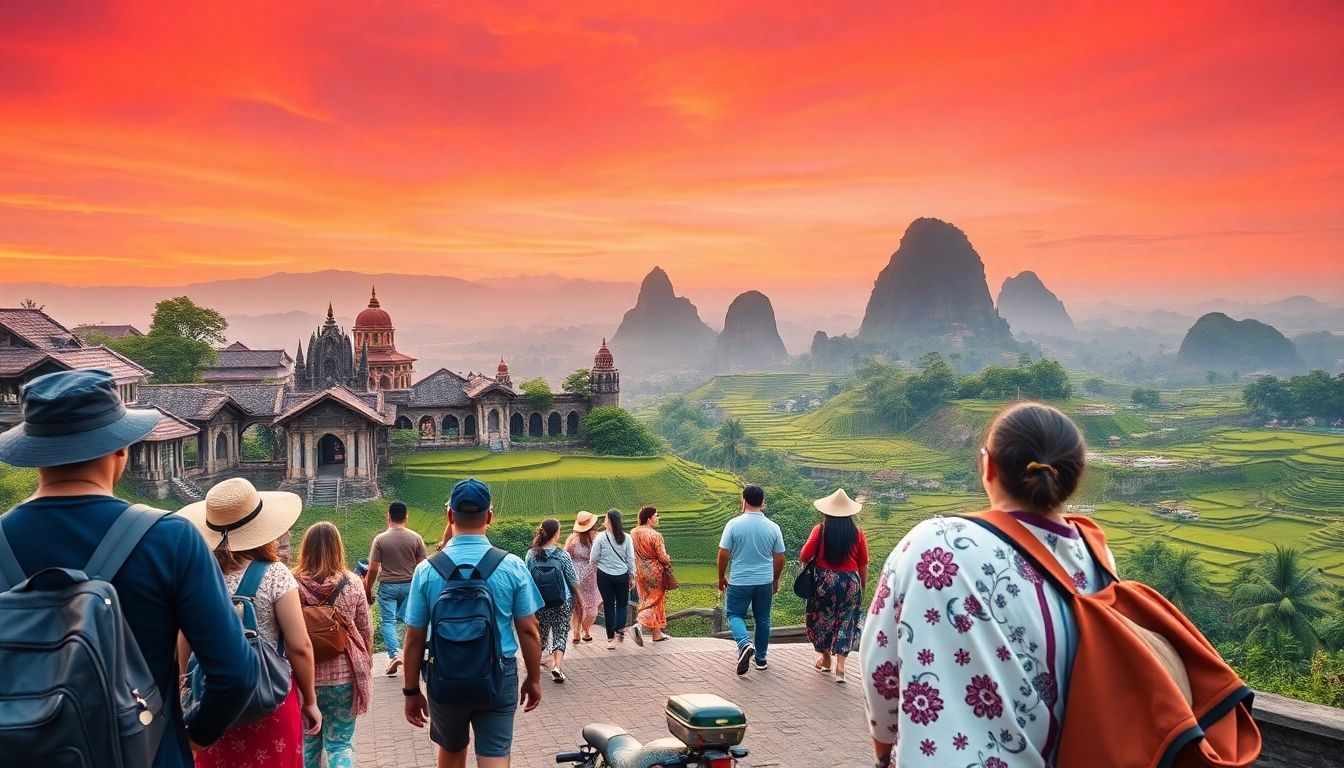Introduction to Lombok: Indonesia’s Less-Traveled Paradise
Few destinations in Indonesia evoke the sense of untouched beauty and vibrant culture quite like Lombok. Nestled in the heart of the Lesser Sunda Islands, this remarkable island is a captivating blend of natural wonders, indigenous traditions, and modern adventure pursuits. Unlike its more internationally renowned neighbor Bali, Lombok offers a more authentic, less-commercialized experience, making it an ideal escape for travelers seeking tranquility, adventure, and cultural immersion. With a population projected to surpass 4 million by early 2025, Lombok’s diverse communities and rich heritage make it a living tapestry of tradition and natural splendor.
Geographical Overview of Lombok
Stretching approximately 4,725 square kilometers, Lombok is characterized by a rugged terrain dominated by volcanoes, lush forests, and pristine beaches. The island is surrounded by the Lombok Strait to the south, which separates it from Bali, and to the north by the Alas Strait, dividing it further from the Sumbawa island. The island’s topography is notably shaped by Gunung Rinjani, Indonesia’s second-highest volcano, standing at 3,726 meters. This imposing peak dominates the landscape, offering a dramatic backdrop that has shaped Lombok’s climate, ecology, and tourism landscape.
The island’s coastlines are dotted with a myriad of beaches, from white sandy shores to rugged coves, each offering different experiences—from surfing and diving to serene sunset gazing. The interior, dotted with villages and terraced rice paddies, reflects the agricultural traditions of the indigenous Sasak people, whose influence persists across cultural practices, crafts, and community life.
Cultural Heritage and Local Traditions
Lombok’s cultural identity is deeply rooted in the traditions of the Sasak people, who form the majority population. Their practices, ceremonies, and daily life are infused with Islamic influence, yet distinctly unique compared to mainland Islamic cultures in Indonesia. Traditional houses, or “bale” structures, showcase intricate carvings and social spaces where communal decisions are made.
Craftsmanship plays a vital role in Sasak culture, with locally woven textiles, pottery, and silver jewelry serving as both art forms and sources of income. Notable cultural events such as the Bau Nyale Festival—celebrating the sea worms believed to bring fertility—highlight Lombok’s vibrant events calendar, drawing visitors eager to witness authentic rituals firsthand. Additionally, traditional Lombok dances, music, and ceremonies remain integral to community life, offering travelers meaningful insights into their history and values.
Why Lombok Outshines Other Indonesian Islands
While Indonesia is famed for its archipelagic diversity, Lombok distinguishes itself with a compelling combination of natural beauty and cultural richness. Its less crowded beaches and mountains provide a more relaxed environment, ideal for eco-tourism and cultural exploration. The island’s volcanic terrain lends it a dramatic and pristine landscape unspoiled by overly commercial development.
Moreover, Lombok has positioned itself as a hub for adventure tourism—climbing Mount Rinjani, surfing world-class waves, or exploring hidden waterfalls—offering a comprehensive experience for different traveler profiles. Strategic investments in sustainable tourism and community-based initiatives have further bolstered Lombok’s reputation as an emerging but responsible destination, making it a compelling choice for global travelers seeking authentic Indonesian experiences.
Top Natural Attractions in Lombok
Mount Rinjani: Climbing Indonesia’s Second Highest Volcano
Climbing Mount Rinjani is arguably the pinnacle of any adventure trip to Lombok. This 3,726-meter volcano features a stunning crater lake, hot springs, and panoramic vistas of the surrounding islands. The most popular trekking routes take 2-4 days, with routes starting from Sembalun or Senaru villages. Trekkers are rewarded with breathtaking sunrise views, diverse flora and fauna, and the profound sense of accomplishment. It’s recommended to prepare thoroughly and consider guided tours to ensure safety, as the volcanic terrain can be challenging yet equally rewarding.

